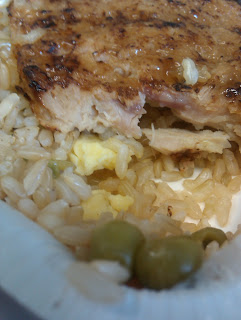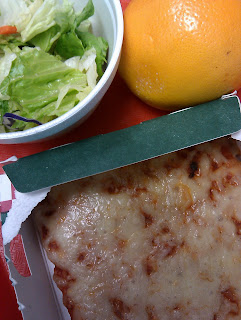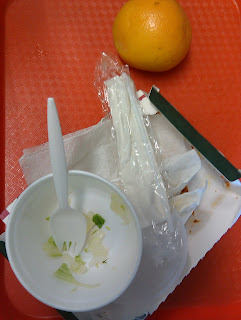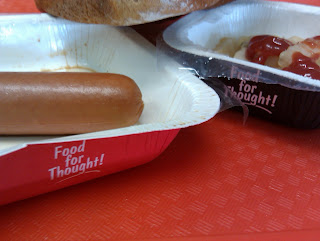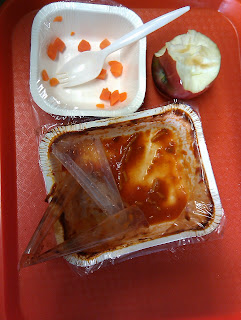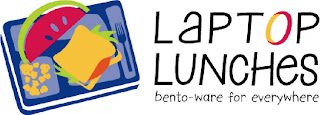***
Over the weekend I watched Food Inc. Many of you have encouraged me to see it for months. My husband even watched it a year ago by himself (I went to bed early). Here’s why I hesitated to watch the movie:
1) I watched The Future of Food with my husband a few years ago and I was depressed for days. I was so sad about the farmers and the seeds. I felt helpless. I didn’t want to sit around feeling hopeless again.
2) I thought I already knew everything Food Inc covered. Like I said, I watched The Future of Food and I don’t eat fast food and make healthy choices at the grocery store. Didn’t I already know about industrial food production? Wasn’t I already doing enough?
If those are the same reasons that you are holding out, I encourage you to watch the movie. We have a Netflix subscription and so I was able to stream it for free over the computer (huge perk of Netflix).
I’m not going to go over too much of the movie in case you haven’t seen it. I’d just like to quote some of the statistics presented in the movie. While I was watching it, I tweeted some of the quotes that hit me hard:
Quotes from Food, Inc
(and Michael Pollan in the movie):
- “Tyson is the largest meat packer in the world and with another 3 companies control most of our meat supply. These companies often self-monitor because of cuts at the FDA.”
- “Chickens are bred to have massive breasts, which are so big they can’t walk. They sit in their own poo all day”
- “30% of US land base is planted with corn. Corn is being produced below the cost of production because of subsidies and is cheap feed for cows who normally eat grass, pigs and now even some farmed fish.”
- “So much of our industrial food is clever arrangements of corn,” Michael Pollan
- “Cows have been switched to a corn-only diet because it makes them fat. Corn leads to Ecoli. Then they stand in their poo.”
- “If cows are switched back to grass, they shed 80% of the Ecoli in their digestive tracts in five days.”
- “In the 1970s there were 1,000s of slaughterhouses, now there are just 13 which process the majority of beef consumed in fast food restaurants and in grocery stores.”
- “If you eat a burger it could literally contain meat from thousands of cows.”
- “The biggest predictor of obesity is income level,” Michael Pollan
- “Monsanto patented the genetically-modified soybean in the 1980s. By 2008, 90% of soybeans in the US contain Monsanto’s patented gene.”
- “70% of food in grocery stores contain a genetically modified ingredient.”
- “We need changes at the policy level so that carrots are cheaper than the chips,” Michael Pollan
My key take-aways were:
1) Vote with your fork. If you can buy organic, you should try to do it as much as your budget allows. One example in the movie was Stonyfield Farms. Every time you purchase one of their products you put dollars toward sustainability and not to mention a high quality yogurt. Even Walmart was in the movie and you already know that I don’t shop there. Their top executives stated that they do what the customers want and when their customers wanted milk that was hormone-free, they changed to provide hormone-free milk. When a large purchaser like Walmart radically changes its buying patterns, it moves mountains in food production.
2) It is food policy that is driving a lot of our country’s food problems. We need to stay on top of what’s happening in Washington DC with the FDA and the USDA. Many of you have commented already about how government subsidies have a big role in what we are eating and as an extension what I am eating at school. Well, I dismissed that as too esoteric for me to fully grasp. Food Inc showed me the connections between government subsidies and what they are doing to the entire food system of our country.
Watching the movie has changed me. I’m really happy I did and thankfully I’m not depressed. I was sad at moments during the film, but I feel hopeful. Have you watched Food Inc and, if so, what did you think?


